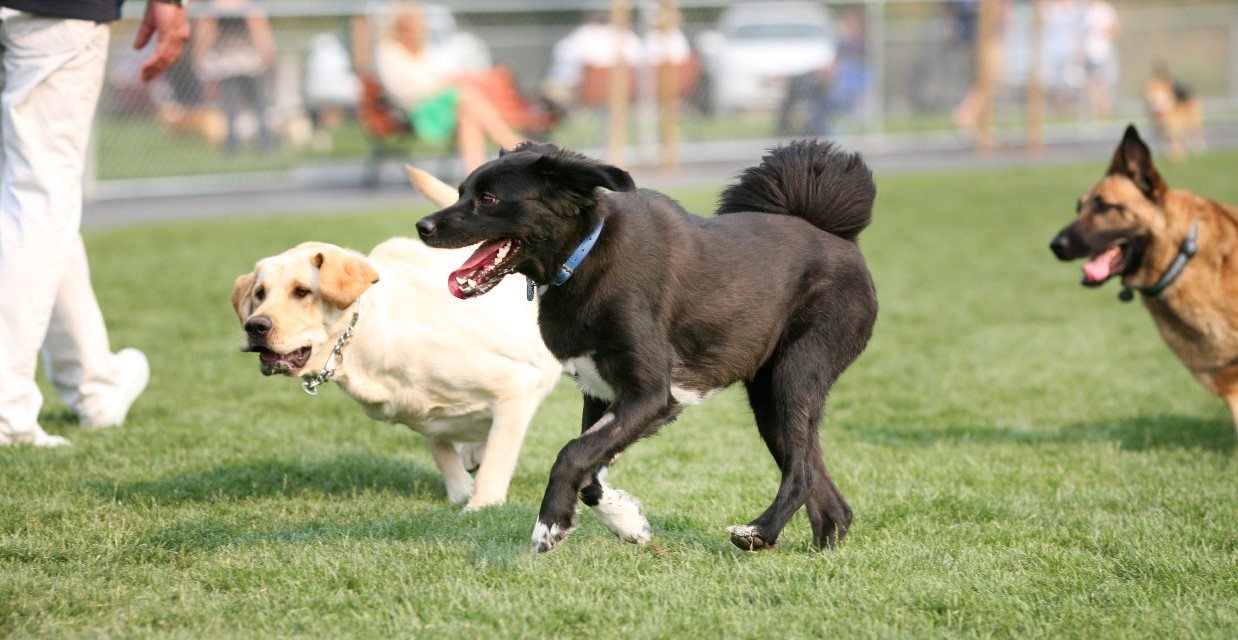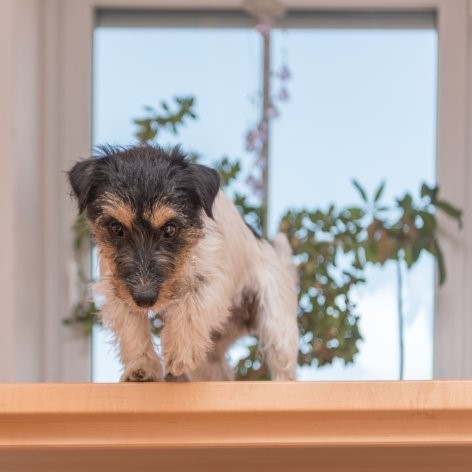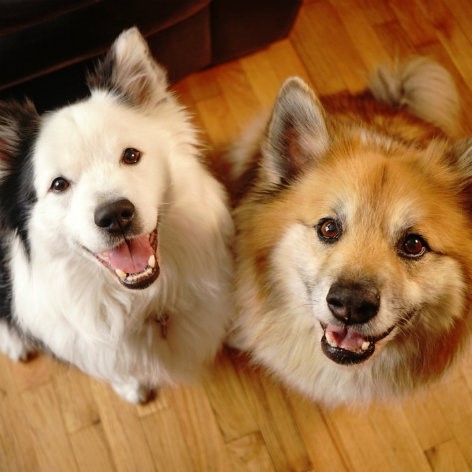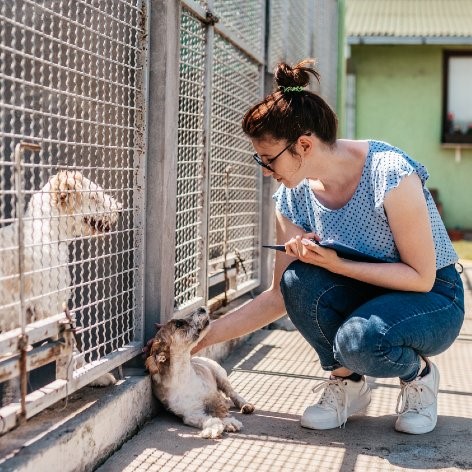Training and socialising your dog are important aspect of responsible dog ownership.
Dog parks can be fantastic places for the right dogs to play, exercise and socialise, but they can also be detrimental for other dogs. So how do you determine whether you should take your dog to the dog park or if you best avoid them?
Benefits of Dog Parks
Dog parks can provide large open and safe areas for dogs to run, play, sniff and socialise off lead. They can also be great places to practice off lead training for dogs, such as recall (coming when called). For dogs that are friendly, well socialised and play well with other dogs of different breeds, breed types and sizes, a trip to the dog park can be a fun and enriching experience.
What to Watch out for in Dog Parks
The main thing to watch our for in off lead dog parks is that anyone can go there with their dog and there’s no guarantee that the dogs at the dog park are friendly, safe and well socialised. Poorly socialised dogs are more likely to show fear and anxiety based aggression towards other dogs which can escalate to a fight.
Not all dogs enjoy dog parks and it’s important to take this into consideration when deciding whether to take your own dog to the dog park.
What to Do and What not to Do in Dog Parks
What to Do
- Ensure your dog is friendly, obedient, well socialised and plays well with other dogs before taking them to a dog park. If they’re not quite there but you’d like to be able to take them to a dog park attend weekly dog training classes where positive reinforcement is utilised. This will help to improve your dog’s obedience while socialising them with other dogs in a controlled environment. Once their obedience and social skills improve, you can try a dog park.
- Always monitor your dog’s interactions and play with other dogs to ensure all the dogs are enjoying themselves and none are being bullied or roughhoused too much. If the play becomes too intense call your dog away for a break. You can also reward friendly and positive interactions with treats and praise.
What Not to Do
- Visit the dog park if your dog doesn’t enjoy socialising and playing with other dogs and prefers to play fetch with you. Instead, find a large fenced oval where dogs are permitted (which isn’t a dedicated dog park) and play fetch with your dog without concern that other dogs might interfere. Off leash training for dogs that aren’t friendly with other dogs can be practiced in this type of environment safely by utilising an extra-long recall lead.
- Take your dog to the dog park if they are not well socialised with other dogs or if you adopted your dog and are unsure of their past socialisation experiences. Avoid the dog park until you’ve determined your dog is safe and social with other dogs or you’ve worked to improve their social skills through regular obedience or socialisation classes.
Benefits of Recall Training
Recall training is a must for anyone who wants to allow their dog off lead, especially at a dog park. Having a dog that obeys the recall (comes when called) can help keep your dog out of trouble and could even be lifesaving. Recall training all comes down to making ‘coming when called’ the most rewarding thing for your dog to do.
Start recall training at home where there are few distractions. Practice calling your dog and reward them with a treat every time they comply. Gradually increase the level of distraction and distance between yourself and your dog during the training while continuing to reward them every time they come when called.
All going well, the next stage is to practice at a fenced park or oval on a long recall lead. Once your dog obeys the recall reliably on the long lead, it’s time to practice off lead in a safe fenced area with minimal distractions and then progress to practicing with more distractions in the environment.
Dogs come in so many different shapes, sizes, ages and personalities and not all dogs will get along.
For those dogs who enjoy them, dog parks can be a fantastic place. However, it’s important to recognise when a dog is not enjoying social interaction and to call them away from the situation to help ensure they don’t resort to aggression.








